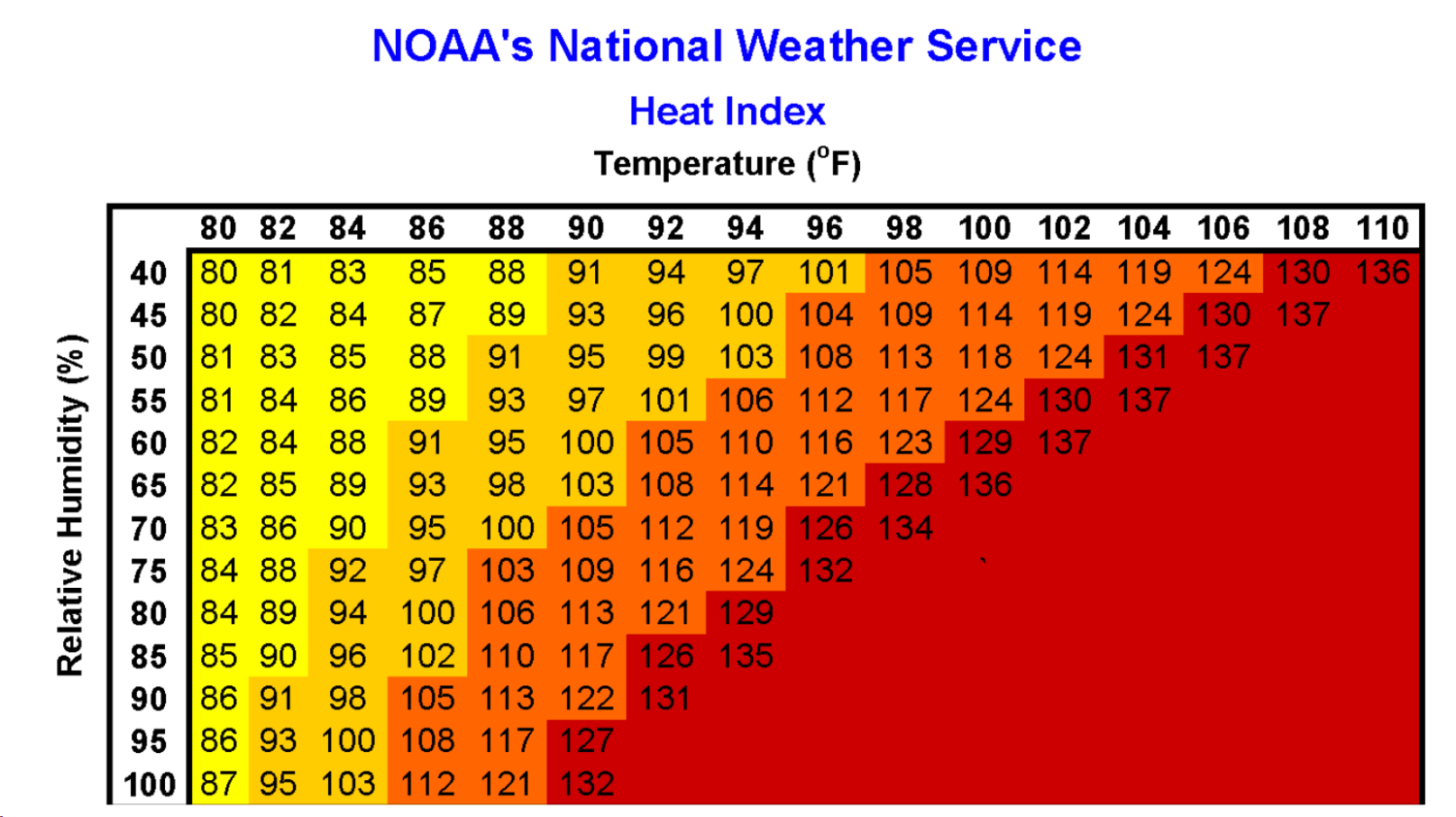

He or she also wishes to know the pressure, temperature, and flow rate of the feed entering the drum. Aspen Plus Troubleshooting Guide for SeparationsOne of the simplest separation processes commonly employed is flash distillation.In addition, he or she will need to know how much the original feed has to be pressurized and heated. In this process, part of a feed stream vaporizes in a flash chamber, and the vapor and liquid in equilibrium with each other are separated. The more volatile component will be more concentrated in the vapor. Usually a large degree of separation is not achieved however, in some cases, such as the desalination of seawater, complete separation results.The equipment needed for flash distillation is shown in Figure 2-1.


The fluid is pressurized and heated and is then passed through a throttling valve or nozzle into the flash drum. Because of the large drop in pressure, part of the fluid vaporizes. The widespread availability and utilization of digital computers for distillation calculations have given impetus to the development of analytical expressions for K values. Eng., 80(25), 138 (1973) presents a regression equation and accompanying regression coefficients that represent the DePriester charts of Fig. 13-14.Using DePriester Charts Boiling Temperatures of Pure Components. P 1500 kPa have also been determined from the DePriester charts for K 1.0 for each.Chapter 2: Flash Distillation by Phillip C. Wankat Separation Process Engineering, Second Edition8.31447 kJ/kmol.K 8.31447 kPa.m3/kmol.K - 0.0831447 bar.m3/kmol.K 82.05 L.atm/kmol.K 1.9858 Btu/lbmol.R - 1545.37 ft.lbf/lbmol.R 10.73 psia.ft3/lbmol.R Mechanical horsepower, The electrical horsepower is taken to be exactly 746 W.


 0 kommentar(er)
0 kommentar(er)
